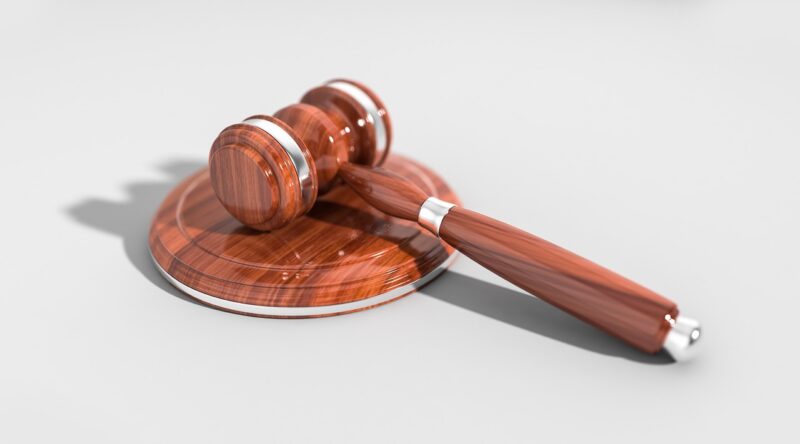
Isaac Newton, a towering figure in the history of science, introduced three fundamental laws of motion that form the backbone of classical mechanics. These laws not only explain how objects behave in our physical world, but they also govern a vast array of concepts and technologies we encounter daily. Understanding Newton’s laws enables us to grasp the mechanics of everything from a falling apple to a rocket launching into space.
1. The First Law of Motion: An Object in Motion Stays in Motion
Newton’s First Law states that an object at rest will remain at rest, and an object in motion will continue in motion at a constant velocity unless acted upon by a net external force. This law is often referred to as the law of inertia.
This concept is crucial in understanding everyday phenomena, such as the reason a passenger lunges forward in a car that suddenly stops. The apparent motion is due to inertia, or the preference of objects to maintain their state of motion.
Practical Applications:
– **Automobiles**: Cars are designed with crumple zones to absorb the energy of impacts, protecting passengers by countering the effects of inertia.
– **Spacecraft**: In the vacuum of space, where friction and air resistance are negligible, spacecraft can coast indefinitely once the thrust ceases, demonstrating inertia’s role without gravity.
2. The Second Law of Motion: Force Equals Mass Times Acceleration
Newton’s Second Law formalizes the relationship between force, mass, and acceleration, expressed by the formula F = ma. This fundamental principle explains how the motion of an object changes when a force is applied.
If you push a heavy object, it accelerates less compared to a lighter one under the same force, which illustrates how mass influences motion. Understanding this law has practical relevance, especially in physics and engineering.
Practical Applications:
– **Sports**: Athletes use their understanding of force and mass to optimize their performance, such as in high jump or sprinting, where they manipulate their body’s mass to achieve greater acceleration.
– **Transportation**: Engineers design vehicles considering this law, ensuring they can generate enough force for safe acceleration and deceleration.
3. The Third Law of Motion: For Every Action, There is an Equal and Opposite Reaction
Newton’s Third Law emphasizes that forces always occur in pairs. When one object exerts a force on another, the second object exerts an equal force in the opposite direction. This principle undergirds countless interactions in our environment.
A well-known example is the propulsion of a rocket. As the rocket engines expel gas downwards, an equal force pushes the rocket upwards.
Practical Applications:
– **Aviation**: The lift generated by airplane wings is a direct result of this law. As air is pushed down by the wings, the airplane is pushed upward.
– **Daily Life**: When you jump off a small boat into water, the boat moves backward – a clear illustration of action and reaction forces.
4. Bridging Classical Mechanics with Modern Applications
Newton’s laws are not confined to theoretical physics; they have paved the way for modern innovations and technologies. The principles remain fundamental in various scientific fields and engineering disciplines.
Engineering and Technology:
– **Structures**: Engineers apply these laws to ensure the stability and strength of structures such as bridges and skyscrapers by calculating the forces they will encounter.
– **Robotics**: Designers use Newton’s laws to build robots that can move efficiently, perform tasks, and navigate their environment by understanding the forces acting upon them.
5. Everyday Life and Natural Phenomena
These laws also influence our everyday experiences and understanding of the world around us. From the mundane to the extraordinary, Newton’s laws have application:
– **Sports**: The dynamics involved in sports equipment, from a golf swing to a basketball shot, can be analyzed through Newton’s principles to improve performance.
– **Natural Disasters**: Understanding the forces at play during an earthquake or when a meteor strikes the Earth can also be framed through Newton’s laws, helping scientists predict and mitigate such events.
Conclusion: The Enduring Legacy of Newton’s Laws
Isaac Newton’s laws of motion laid the groundwork for physics and have shaped the technological advancements we enjoy today. From transportation to the cosmos, these laws continue to define the interplay of forces that govern our universe. Understanding these laws deepens our appreciation of how motion influences every aspect of our lives and empowers us to innovate further.
So, the next time you see an object move, consider the invisible forces at work, intricately woven into the fabric of our reality by Newton’s enduring legacy.







